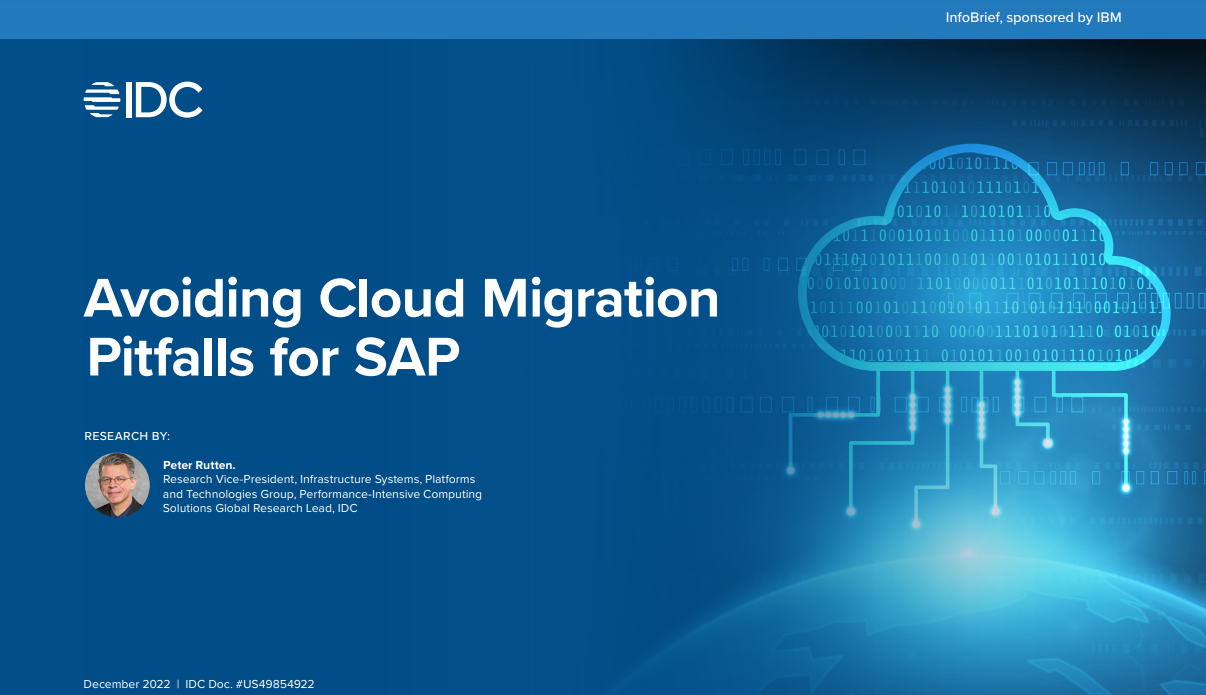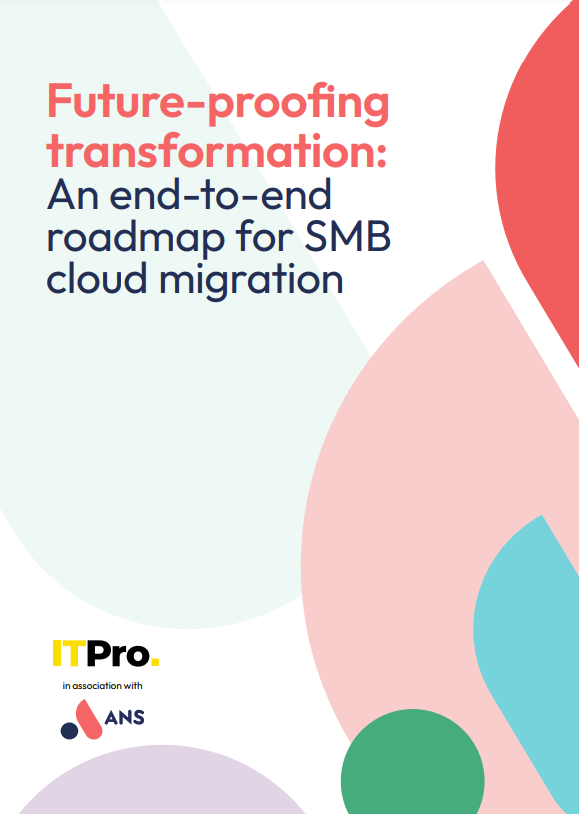Giffgaff migrating IT infrastructure and development to AWS
The UK MVNO becomes the first in Europe to be powered by Amazon’s cloud computing arm


UK mobile network operator Giffgaff has outlined plans to shift its entire IT infrastructure and operations to Amazon Web Services (AWS), completing its migration from on-premise data centres by the end of the year.
Giffgaff will opt into more than 60 of AWS' 175 cloud services, the company announced, including compute, analytics, storage, databases, containers and machine learning. In doing so, the firm will become the first European mobile virtual network operator (MVNO) to be powered by AWS in its entirety.
The company will have shifted its IT infrastructure and application development operations to AWS by 2021, as it aims to become more capable of experimenting at pace, and speeding up a host of internal processes. The company claims to have already transformed its development lifecycle from a complex and monolithic approach to a modern, microservices-based architecture that’s enabled fast-paced development.
“We started out with a traditional, on-premises infrastructure, but the need for ongoing maintenance made this model overwhelming for our technical team. For example, it used to take us up to two weeks to provision a new server,” said chief operating and technical officer at Giffgaff, Steve MacDonald.
“When we began to adopt AWS, we were able to turbocharge our development lifecycle by focusing on innovation rather than wasting time on maintenance. It’s such a powerful capability for a digital-native business like ours.”
While the announcement is still fresh, the firm has been partnering with AWS for some time already, using AWS analytics and machine learning services, for example, to understand members’ network experiences.
Aggregating and analysing data across all cases helped the company create an early warning system for network incidents. Prior to moving to AWS, too, it could take Giffgaff up to two weeks to provision a server, which can now be done within a matter of minutes.
Get the ITPro daily newsletter
Sign up today and you will receive a free copy of our Future Focus 2025 report - the leading guidance on AI, cybersecurity and other IT challenges as per 700+ senior executives
RELATED RESOURCE

Drive infrastructure optimisation with predictive analytics
Veritas webcast: Advice for driving better infrastructure management
Adopting a continuous delivery approach, and moving containerised workloads to the fully managed Amazon Elastic Kubernetes Service (Amazon EKS), meanwhile, has freed up 3,000 days of engineering and development time, according to Giffgaff.
This is equivalent to refocusing up to 15 people on innovation, and has allowed them to devote more resources to creating new apps for members.

Keumars Afifi-Sabet is a writer and editor that specialises in public sector, cyber security, and cloud computing. He first joined ITPro as a staff writer in April 2018 and eventually became its Features Editor. Although a regular contributor to other tech sites in the past, these days you will find Keumars on LiveScience, where he runs its Technology section.
-
 Should AI PCs be part of your next hardware refresh?
Should AI PCs be part of your next hardware refresh?AI PCs are fast becoming a business staple and a surefire way to future-proof your business
By Bobby Hellard
-
 Westcon-Comstor and Vectra AI launch brace of new channel initiatives
Westcon-Comstor and Vectra AI launch brace of new channel initiativesNews Westcon-Comstor and Vectra AI have announced the launch of two new channel growth initiatives focused on the managed security service provider (MSSP) space and AWS Marketplace.
By Daniel Todd
-
 Inside the Make-A-Wish Foundation ‘lift and shift’ cloud transformation
Inside the Make-A-Wish Foundation ‘lift and shift’ cloud transformationCase Study The charity wrestled with budgetary challenges to overhaul its legacy IT by tapping into Microsoft Azure
By Ross Kelly
-
 Four trends influencing the future of cloud, data centers, and edge infrastructure
Four trends influencing the future of cloud, data centers, and edge infrastructureNews Gartner says organizations should use the economic downturn to re-evaluate their infrastructure capabilities
By Ross Kelly
-
 ‘Big three’ cloud providers face business overhaul to continue EU operations
‘Big three’ cloud providers face business overhaul to continue EU operationsNews New security labeling rules for non-EU cloud providers have been a contentious topic in recent weeks
By Ross Kelly
-
 Pax8 names SaaS veteran David Powell as new sales strategy chief
Pax8 names SaaS veteran David Powell as new sales strategy chiefNews The former Evo Security executive will work with MSPs to help strengthen their cyber security offerings
By Daniel Todd
-
 Avoiding cloud migration pitfalls for SAP
Avoiding cloud migration pitfalls for SAPWhitepaper Determining the best approach to SAP HANA
By ITPro
-
 HFS Horizons Report: Cloud native transformation 2022
HFS Horizons Report: Cloud native transformation 2022Whitepaper Defining the cloud native transformation value chain
By ITPro
-
 Defra signs new AWS contract worth £20 million
Defra signs new AWS contract worth £20 millionNews The deal is reportedly worth six times more than the previous contract between the government department and hyperscaler
By Zach Marzouk
-
 An end-to-end roadmap for SMB cloud migration
An end-to-end roadmap for SMB cloud migrationWhitepaper Future-proofing transformation
By ITPro